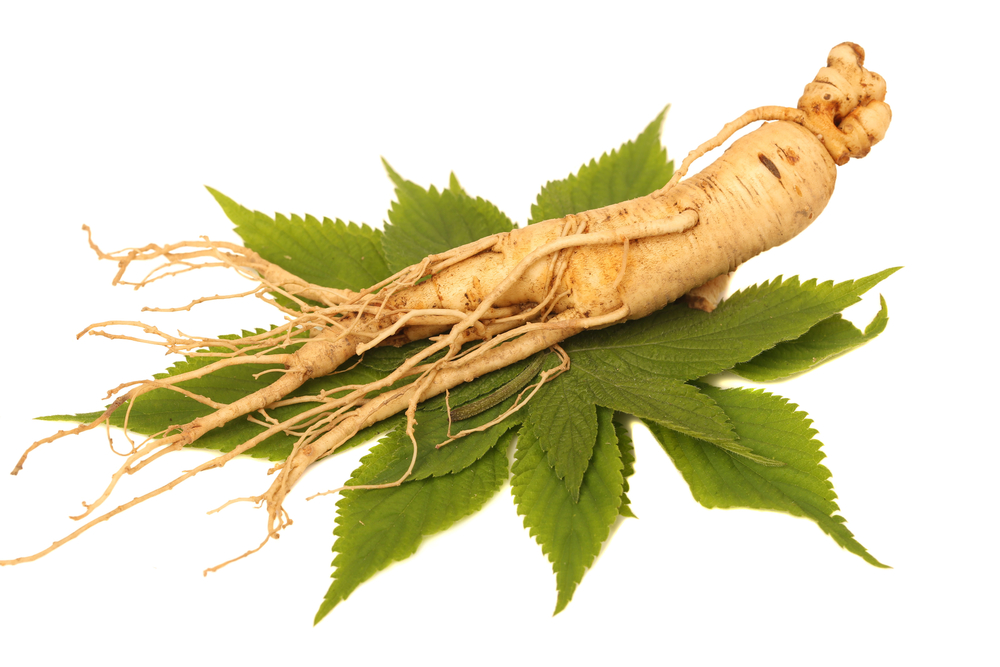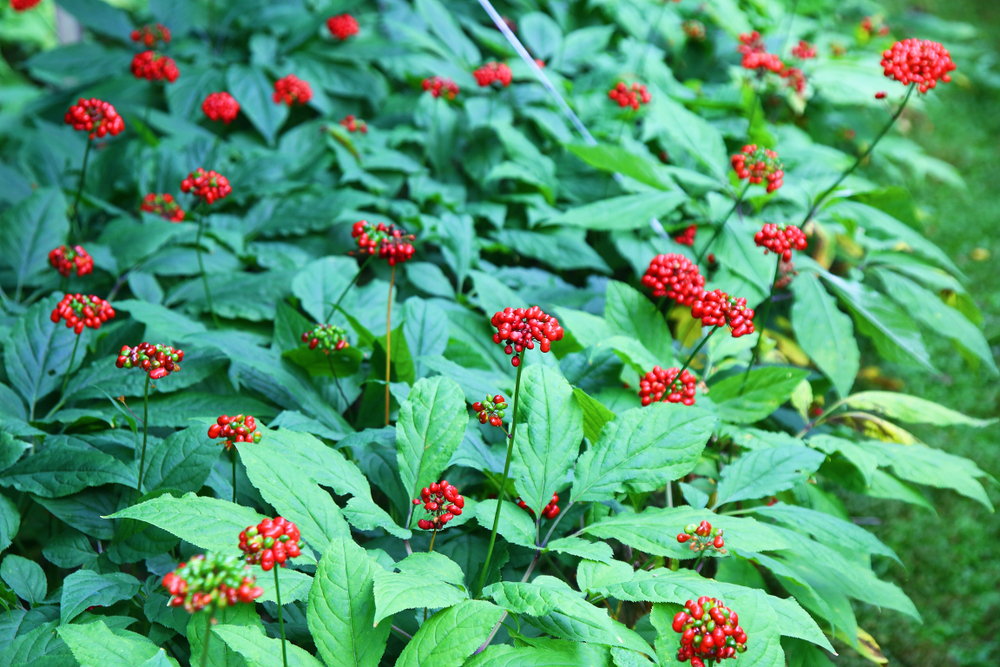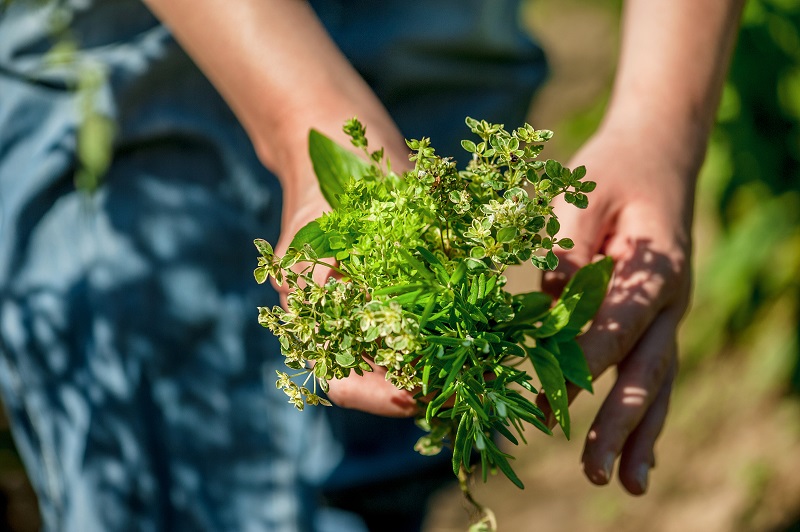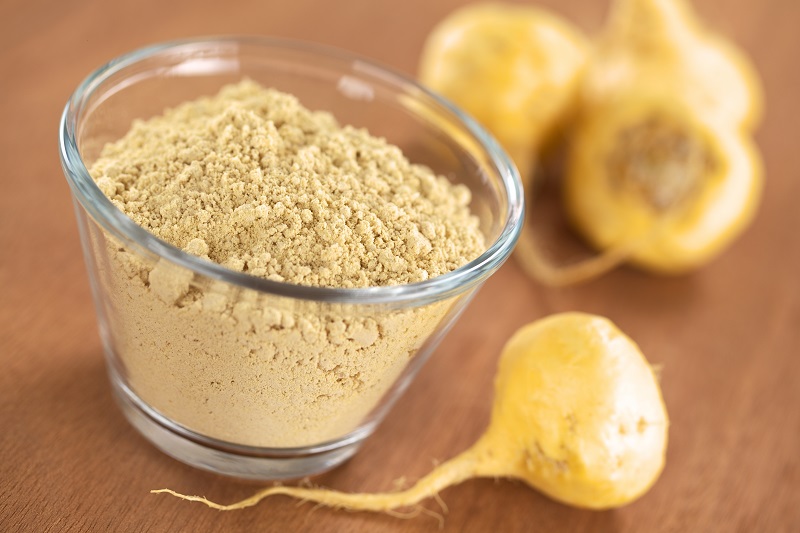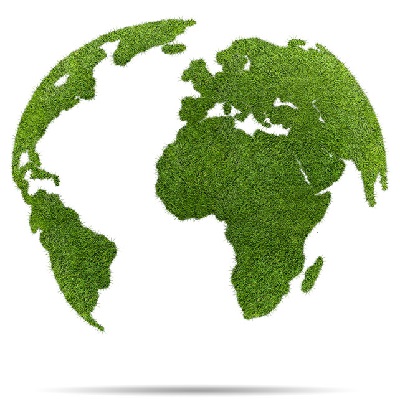Introduction
Ginseng root has been a popular herb in Chinese medicine as well as in traditional medicine around the world for centuries. It was one of the first marketable herbs in the US in 1860 (Owlcation 2017), and is still used in herbal medicine as well a dietary supplement in the mainstream Western diet. It can be found in many forms such as in its raw form, powder, tea, capsules and tablets, and oil; it is also an ingredient in foods such as specialty coffee and protein powder. Ginseng became so popular in the 1970s that it was oversold, and now it is at risk of going extinct. It is currently illegal to take it from national parks, and in fact, ginseng poaching can result in a penalty of 6 months in jail and/or a $5,000 fine (Owlcation 2017). Despite ginseng’s popularity and vast amount of uses, it has very strict regulations for harvesting, which makes it an interesting herb in the Natural Products Industry, especially in relation to sustainable practices.
Benefits of Ginseng
Ginseng has gained popularity because of its diversity of uses. It can be used to treat a plethora of medical conditions, and although it is not found in any foods, it is often added to supplements and energy drinks (WebMD 2019). Ancient traditional medicine and contemporary research shows that ginseng has the following uses and benefits (Healthline 2018):
- Antioxidant
- Reduce inflammation
- Improves brain functions such as memory, behavior, and mood
- Boosts immune system
- Increases energy levels
- Can lower blood sugar
Regulations on Ginseng Harvest
Ginseng is only grown in Eastern Asia and North America, and Asian and American Ginseng have slightly different chemical properties. Although Ginseng grows in various regions of the US, it can only legally be harvested in 19 states. The map below shows the states in which Ginseng can be harvested (green) and the places where artificial propagation is legal (tan) (US Fish & Wildlife Services 2019).
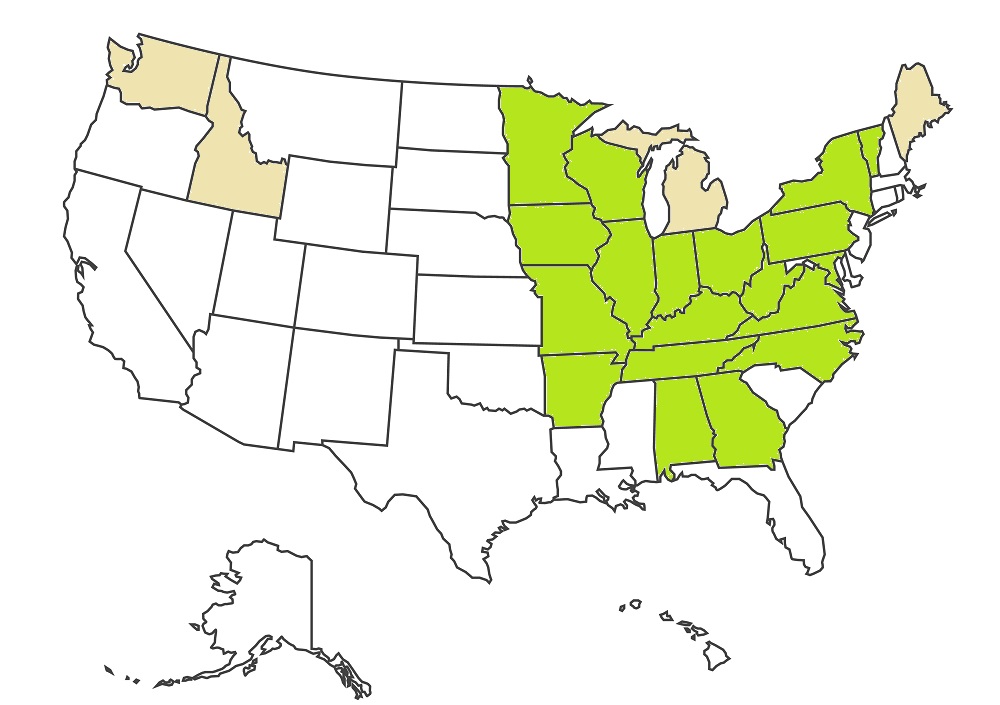
The states and tribes in areas where ginseng is grown enforce the laws created by the U.S. Department of Agriculture (USDA) to regulate the harvest and selling of ginseng in order to promote sustainable growth practices (AHPA 2018). Some of these regulations include not harvesting plants until they are 5-10 years old, and controlling during which months farmers are allowed to harvest Ginseng (US Fish & Wildlife Services 2019). Because of the strict guidelines regarding Ginseng harvests, many people are now resorting to growing their own Ginseng plants. Many sources consider this a potential solution to the Ginseng shortage. However, if you want to grow your own ginseng, it is necessary to thoroughly research the regulations to guarantee a legal and sustainable harvest.
Implications in Natural Products Industry
The shortage of Ginseng illuminates the possible consequences of over-using and over-selling a certain kind of herb. With the popularity of dietary supplements and natural products growing around the world, it is even more imperative now to promote and support sustainable harvesting practices. Although it can be difficult to know exactly where herbs are coming from, especially if they do not come from the US, it is important to be aware of the vast impact the commercial use of an herb can have.
Sources:
FWS Issues Advice for Ginseng Harvest | AHPA
Wild Ginseng Root in National Parks | Owlcation
Ginseng: Benefits, Uses, Side Effects | Healthline
Ginseng: Uses, Side Effects, Interactions, Dosage, and Warning | WebMD
American Ginseng | U.S. Fish & Wildlife Service
For more information:
Ginseng: Health Benefits, Facts, and Research | Medical News Today
